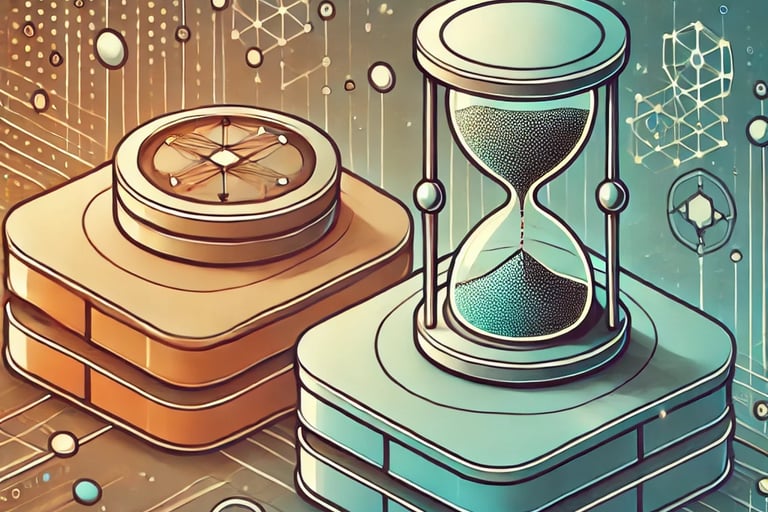Proof of Space
Proof of Space (PoSpace) Explained
Proof of Space (PoSpace), often used interchangeably with Proof of Capacity (PoC), is a consensus mechanism that relies on a miner’s unused hard drive space rather than computational power or financial stake. In a PoSpace system, miners allocate a portion of their disk space to store large sets of cryptographic data known as "plots." The more storage space a miner dedicates, the more plots they can hold, and the better their chances of being selected to add the next block to the blockchain.
The process begins with "plotting," where miners generate a series of solutions to a cryptographic puzzle and store them on their hard drives. When the network issues a challenge for a new block, miners scan their stored plots to find the best match to the challenge. The miner with the closest solution is granted the right to create the next block and is rewarded with transaction fees and potentially newly minted coins. Because the heavy computational work is done during the initial plotting phase, the ongoing energy consumption for mining is relatively low compared to Proof of Work (PoW), making PoSpace a more energy-efficient alternative.
Proof of Space is praised for its sustainability, as it doesn’t require the continuous high-power computations typical of PoW. However, it does require substantial storage space, and the initial plotting process can be time-consuming and resource-intensive. PoSpace also opens up new opportunities for eco-friendly mining practices, as it makes use of existing hardware without the need for specialized mining rigs. One of the most well-known implementations of Proof of Space is the Chia network, which markets itself as a "green" cryptocurrency due to its lower environmental impact. The Chia network’s use of PoSpace has brought increased attention to this consensus mechanism as a viable alternative for sustainable blockchain technology.




